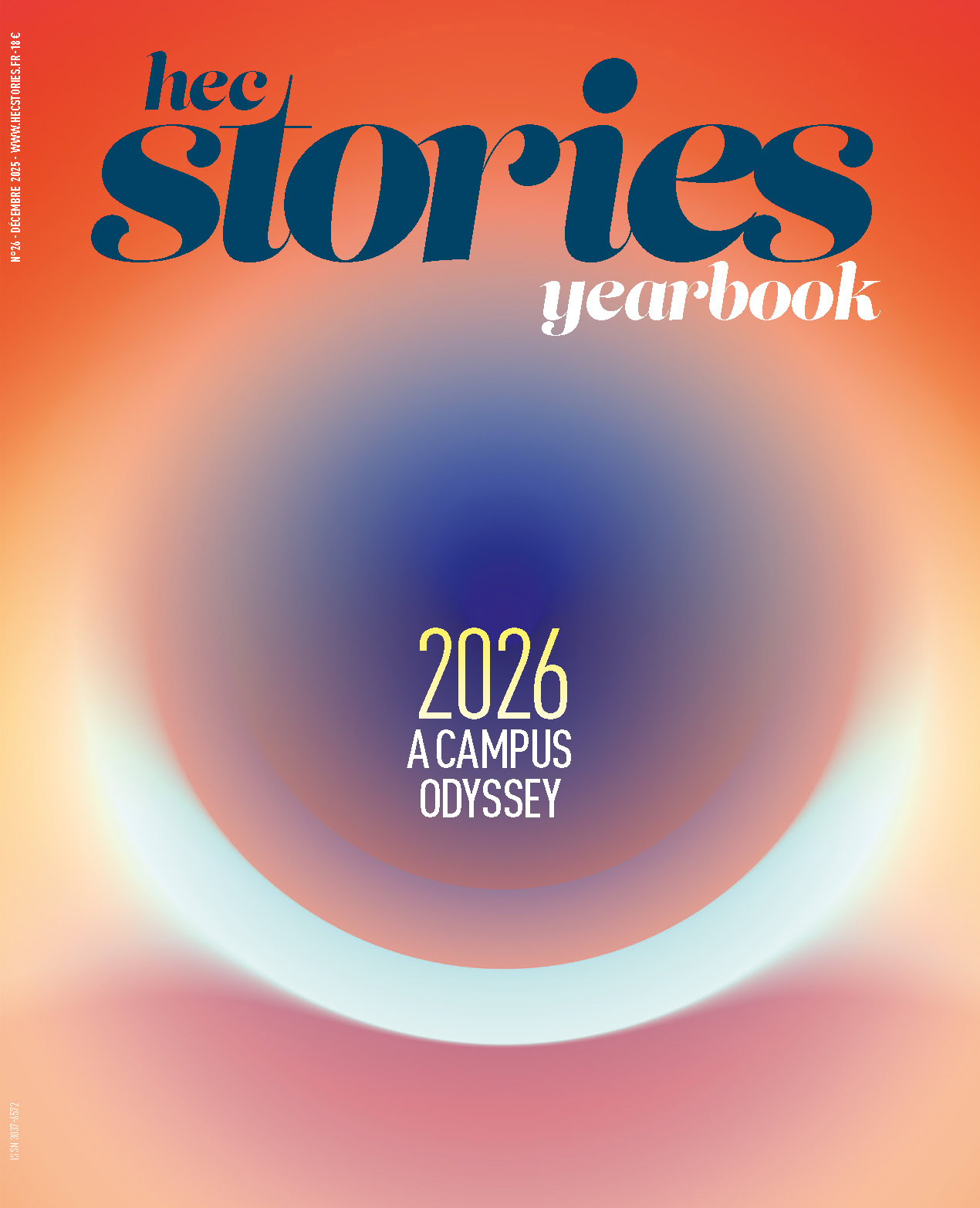Anaïs Barut (H.16): best young tech executive with Damae Medical

For its 20th edition of the Ivy Tech Prize, which rewards each year a promising young manager in the technology sector, the very prestigious jury chose to reward Anaïs Barut and her two co-founders for their 3D imaging system, capable of detecting skin cancers. Explanations.
HEC Stories: What took you from the HEC benches to the cutting edge of medical technology?
Anaïs Barut : I first studied at the Institut d’Optique Graduate School in Palaiseau where I trained as an engineer. That’s where I met David Siret, my partner. Then I went to the HEC, then to the entrepreneurship specialization of Michel Safars’ MBA program. I discovered the Damae Medical project when I was at the Optics Institute. Its inventor, Professor Arnaud Dubois (today, the 3rd partner), a researcher at the Charles Fabry Laboratory under the aegis of the CNRS, the Institut d’Optique and the Université Paris-Saclay, came to present it to the students.
HEC Stories: What did you like about this project?
Anaïs Barut : Arnaud’s invention met all the criteria. Initially, this medical application was an optical technology that had enormous potential. Today, microscopy is very widespread in the medical field but only to image samples that have already been removed, not from patients on the couch. It is indeed very complicated to image tissues and cells that move. Although there are ultrasound scans, there were no microscopes that could image the living. That was the paradigm shift I liked.
HEC Stories: So the deepLive tool, created by Damae Medical, what exactly is it?
Anaïs Barut: Our innovation facilitates the detection of skin cancers thanks to a microscope that dermatologists use on their patient’s skin. This device is based on a technology invented in 2013, by Pr Arnaud Dubois. After a market study and a study on the potential of this technology, we decided to put this invention at the service of the most common cancer screening. Did you know that one cancer out of three diagnosed is a skin cancer? And it is also the one whose number of cases has increased the most in the last ten years. This revolutionary device allows dermatologists to analyze 100% of suspicious lesions non-invasively. In just one appointment, they can image the lesion, make a diagnosis and set up the treatment.
HEC Stories: How did you go from innovation to commercialization?
Anaïs Barut: We created the company Damae Medical in 2014. There were many iterations between technical development and clinical validation. In 2016, we conducted the first study at the Saint-Etienne University Hospital on 200 patients. The goal was to image different types of skin cancers, melanoma and carcinoma, to see if our performance was sufficient. At that time, our innovation was not in the form of a gun but rather a large microscope. We quickly understood the need for ergonomics. And we also realized the value of 3D imaging compared to 2D. In 2020, we were able to commercialize our product thanks to significant financial support from BPIfrance and the European Commission, and fundraising of more than 20 million euros, conducted in 2017 and 2022. With our team of about 30 people, we have installed 40 devices in hospitals, clinics and practices in Europe, the United States and Japan.
HEC Stories: Who are your customers today?
Anaïs Barut: Dermatologists working in academic or private practice. Also cosmetic or pharmaceutical companies or laboratories. The tool allows them to visualize the effect of a treatment. For example, with a cream that must have a moisturizing, anti-aging or depigmenting effect.
Eight years after its creation, Damae Medical, whose innovation is protected by six patents, already operates in more than twelve countries and is used in forty screening centers and four French hospitals.
Published by Daphné Segretain

